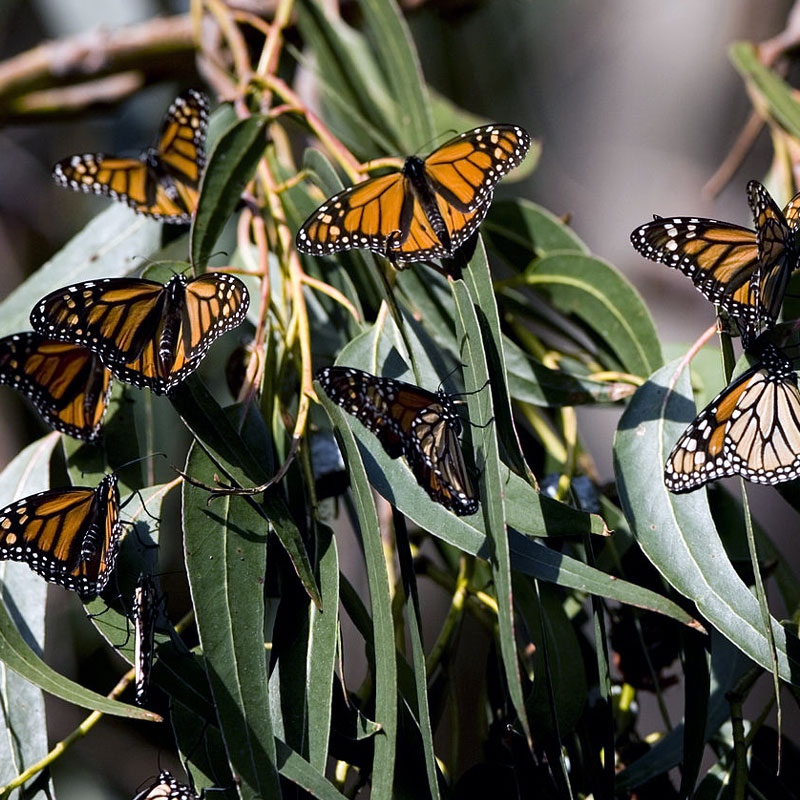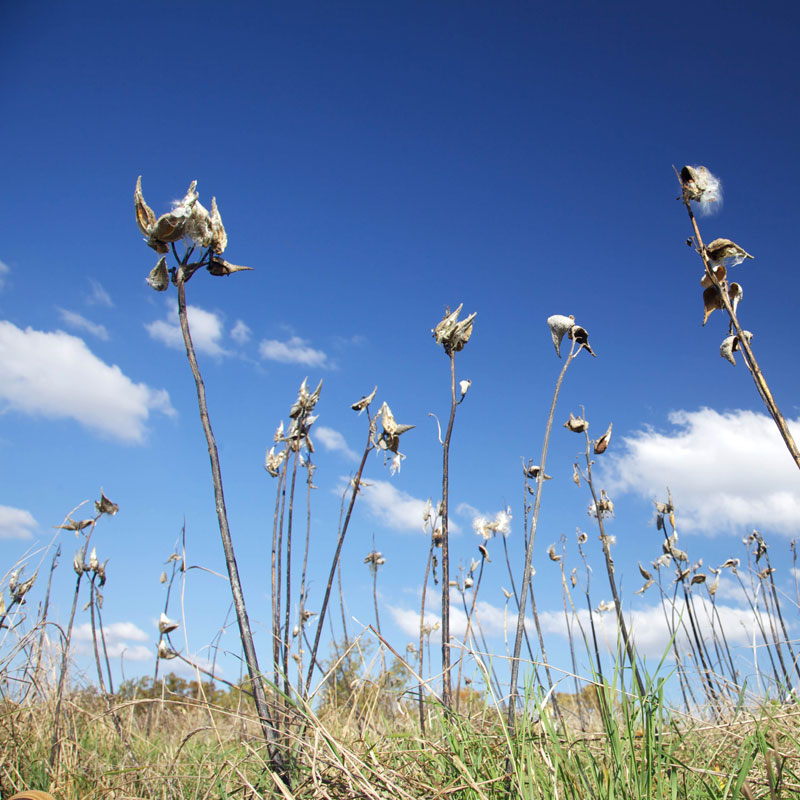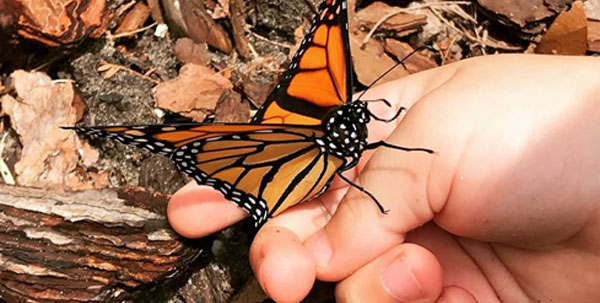
Raise and Release Initiative
Save the Monarchs is spearheading a statewide initiative to raise and release monarch butterflies across a variety of native habitats and breeding grounds.
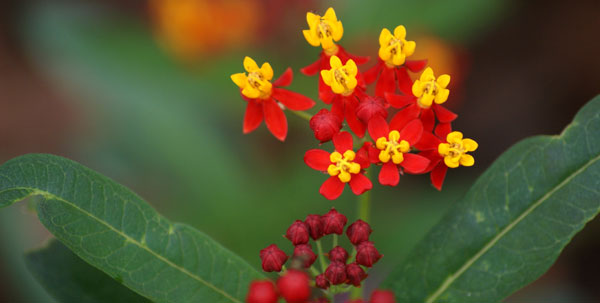
Flora Restoration Initiative
Monarch butterflies depend on milkweed to lay their eggs. We are committed to planting thousands of milkweed, nectars, and other pollunating plants throughout the state.
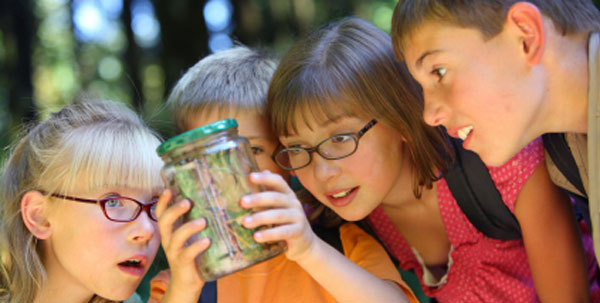
Public Awareness Initiative
Education is key. Awareness of the monarch butterfly's life cycle and habitat requirements is essential for their survival and an important step toward conservation.
Distribution
The range of the western and eastern populations of D. plexippus plexippus expands and contracts depending upon the season. The range differs between breeding areas, migration routes, and winter roosts. However, no genetic differences between the western and eastern monarch populations exist; reproductive isolation has not led to subspeciation of these populations, as it has elsewhere within the species' range.
In the Americas, the monarch ranges from southern Canada through northern South America. It has also been found in Bermuda, Cook Islands, Hawaii, Cuba, and other Caribbean islands, the Solomons, New Caledonia, New Zealand, Papua New Guinea, Australia, the Azores, the Canary Islands, Gibraltar, the Philippines, and North Africa. It appears in the UK in some years as an accidental migrant.
Overwintering populations of D. plexippus plexippus are found in Mexico, California, along the Gulf Coast, year round in Florida, and in Arizona where the habitat has the specific conditions necessary for their survival. On the US East Coast, they have overwintered as far north as Lago Mar, Virginia Beach, Virginia. Their wintering habitat typically provides access to streams, plenty of sunlight (enabling body temperatures that allow flight), and appropriate roosting vegetation, and is relatively free of predators. Overwintering, roosting butterflies have been seen on basswoods, elms, sumacs, locusts, oaks, osage-oranges, mulberries, pecans, willows, cottonwoods, and mesquites. While breeding, monarch habitats can be found in agricultural fields, pasture land, prairie remnants, urban and suburban residential areas, gardens, trees, and roadsides – anywhere where there is access to larval host plants. Habitat restoration is a primary goal in monarch conservation efforts. Habitat requirements change during migration. During the fall migration, butterflies must have access to nectar-producing plants. During the spring migration, butterflies must have access to larval food plants and nectar plants.
Habitat Loss
The monarch population has declined by more than 90 percent since the 1990s. The monarch butterfly faces several risks. Climate change alters the timing of migration and rainfall patterns in their forest habitat. They're also facing forest fragmentation and habitat loss in the United States and Mexico. In addition, pesticides kill milkweed, which the monarchs rely on for survival. The U.S. Fish & Wildlife Service is currently reviewing their status.
Save the Monarchs is working to bring awareness to the declining monarch population and connect gardeners and kids and families alike to help the monarchs and other pollinators. By planting milkweed or nectar plants throughout the state, our Flora Restoration Initiative program creates an ideal habitat for monarchs. North America has several dozen native species of milkweed, with at least one species naturally found in any given area. Planting a local species is the best option for helping monarchs is a particular area. In addition, through our Public Awareness Initiative, we are using various channels to educate citizens about how they can make a difference at home for monarchs.
